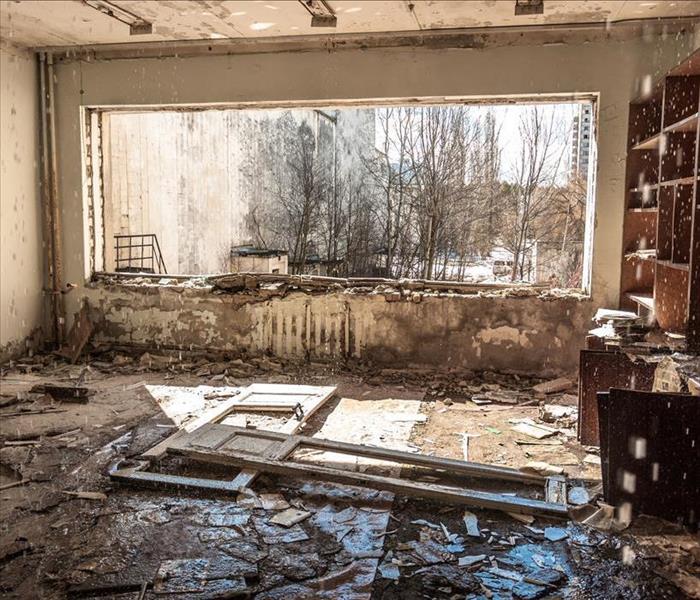How Is Category 3 Water Damage Remediated?
2/11/2021 (Permalink)
Although some materials will be damaged by water no matter how clean, all floods are not alike. Flood water damage is broken down into category 1, category 2 and category 3, with category 3 damage being the most serious. Categories 1 and 2 can, however, escalate to category 3 if it sits for a time.
What Is Category 3 Water Damage?
Category 1 water (aka clean water) poses no harm to you or your property. Category 2 water (aka gray water) has some biological or chemical contamination. Category 3 water (aka black water) is exceptionally unsanitary, containing known toxic contaminants like bacteria and viruses. Common examples of black water are:
- Sewage water (e.g., from a toilet overflow)
- Rising water (e.g., from groundwater after a heavy downpour)
- Flood water (e.g., river water, stream water, seawater)
Water damage remediation professionals must manage category 3 damage to ensure safe and proper cleanup.
What Does the Remediation Process Involve?
When the professionals arrive on the scene, they'll be wearing the proper personal protective equipment to preserve their well-being and prevent cross-contamination to unaffected areas of the building. The first part of the cleaning process is removing the standing water. This is usually accomplished with an industrial wet/dry vacuum. Next, it's time to remove all damaged materials. In category 3 disasters, typically, nearly everything will have to be disposed of due to the contaminants. Thorough cleaning and sanitizing the entire affected area is essential, including tiny cracks and crevices where water can get trapped. The site must then be dried thoroughly and as quickly as possible to prevent mold growth. The professionals will use industrial-grade equipment such as fans and dehumidifiers to dry the area as efficiently as possible.
After any kind of flood water damage occurs at your Bountiful, UT, building, it's critical to have the area and its contents thoroughly cleaned and dried. The quicker the response, the less damage you can expect.






 24/7 Emergency Service
24/7 Emergency Service